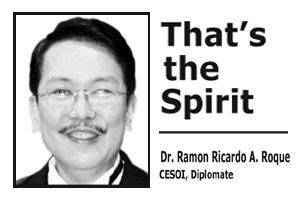PROPOSALS on the adoption of a “no homework” policy for grade school and high school students in the country were recently introduced in both the Senate and the House of Representatives.
The proponents of the measures cited the need for students to have more time for non-academic activities, including the need to spend quality time with their families, as the primary reason for such policy.
While no one can argue against the cited reason, some groups of teachers and parents question not the proposed policy itself but the need for it to be institutionalized through a law.
There were also adverse reactions on the penalty provision that is contained in one of the proposals. Such provision calls for the concerned teachers to be penalized for assigning homework to students.
It is clear that those who are for and against the proposed “no homework policy” are all after the best interests of students.
It appears that differences lie on how to pursue such interests.
Too much and too many homework for students that do not allow them to have time for other developmental pursuits, such as sports as well as quality time with family and friends, are obviously against the best interest of students. Total education, after all, is gained not just in schools but also at home and in communities.
A policy that prohibits such “too much and too many” homework will most likely be acceptable to all sectors.
Prohibiting the assigning of homework (that are not too much and too many) even when the same is necessary to advance the interests of the students, e.g. to cover the missed academic instruction hours due to class suspensions because of inclement weather, will not be good for the students also.
Those who are against the proposed measures introduced in the two chambers of the Philippine Congress maintain (and rightly so) that having a law that prohibits the assigning of homework will deprive students of the opportunity to optimize the benefits of their school-based education.
There is clearly a need to find the “middle ground” of this issue. Using their shared intention to serve the best interests of students, the groups who are for and against the proposed measure only need to be open for options to the current positions that they have taken on the matter.



